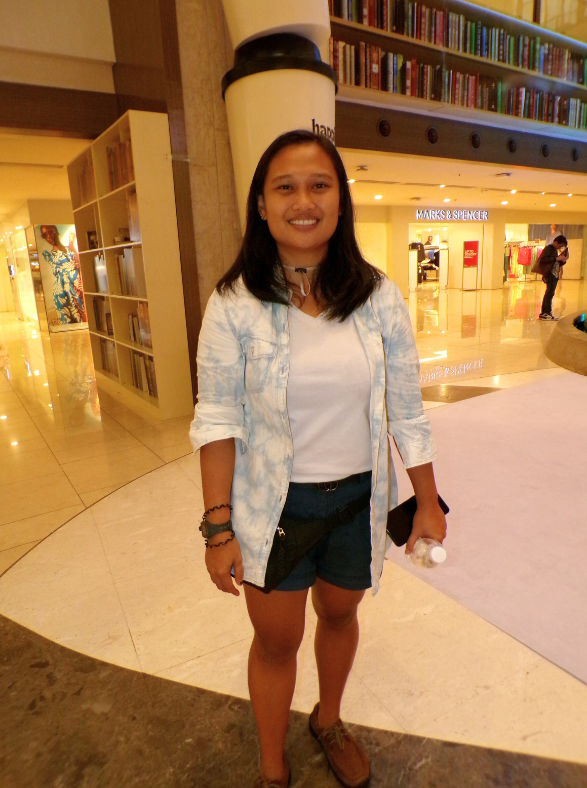Abaca Canvas, Key to Elegant Paintings, Vehicle of Patriotism
- JC Castro

- Aug 17, 2024
- 4 min read
Updated: Aug 18, 2024

Abaca is one of the materials used to make various instruments and accessories we use daily. Known for its versatility, durability, and water resistance, this fiber, also known as “Manila hemp” in English and “musa textilis” in scientific nomenclature, gives rise to fascinating, lasting objects that are highly helpful and pleasing to us. These products range from fishing tools, farming implements, kitchenware, textile, apparel, footwear, accessories, all the way up home and office adornments. There is one more article, though, that comes from abaca with which most of us may not be too familiar, if not unaware at all—painting canvas.
A growing advocacy in the Philippines, especially in southern Luzon, sings the perfect fit of abaca as canvas for painting. Central to this advocacy is the abaca capital of the Philippines—the province of Catanduanes—a paradise island province and home to rich, bountiful abaca farms and various artistic, even innovative abaca handicrafts.
One of the key drivers of this noble push is Abaca Finest, a company engaged in the business of selling abaca products from Catanduanes. In a one-on-one interview of Grammar Lab with Abaca Finest cofounder Francesca Bernardine Tabian during the pop-up event “Coffee Art Brewing” workshop and exhibit at Shangri-La Plaza Mall, Pasig City on 04 August 2024, she shared that the company features and promotes abaca canvas due to its superior quality and direct, positive impact to abaca farmers and craftsmen in Catanduanes.
“Ang canvas na ‘to ay galing sa plant na sariling atin. It’s a handmade paper na matibay at tatagal. Unique texture din s’ya,” explained Tabian.
(“This canvas is made from a plant native to the Philippines. It’s a handmade paper that is durable and lasting. It has unique texture, too.”)
“It is also known na strongest natural fiber,” added she.
(“It is also known as the strongest natural fiber.”)
In a separate interview of Grammar Lab during the same event with artist Anwylen “Anwy” Fua-Gaño, founder and president of Coffee Artists PH, Anwy likewise remarked on the strength of a canvas made of abaca.
“Matibay. Matibay ang abaca [canvas],” emphasized she.
(“Durable. Abaca canvas is durable.”)
The canvas showcased these intrinsic characteristics during the “Coffee Art Brewing”. At the workshop, it showed off its strength and versatility as it facilitated the crafting of images by the participants, where coffee was used as ink in the painting process.
On the other side of the venue lay the art exhibit, where 92 captivating paintings stood conspicuously. Here, abaca canvas exemplified how it naturally provides native, elegant look to images towards generating vibrant, one-of-a-kind works of art.
Aside from its durability, abaca canvas also carries admirable features that make it a promising material in handicraft and other industries.
“The more hemp is used, the softer it gets. Hemp is resistance to UV [ultraviolet] light, mold, and mildew,” emphasized Tabian.

Francesca Bernardine Tabian,
cofounder of Abaca Finest
Tabian, also an abaca artist herself, mentioned that abaca canvas is the Filipino counterpart of papyrus in Egypt. Papyrus is also a paper derived from plant, specifically, Cyperus papyrus.
As regards the impact of abaca canvas to Catanduanes folks, Tabian elucidated that patronizing the material directly inures to the benefit of abaca workers in the province. The cofounder of Abaca Finest underscored that as artists use this canvas in painting, abaca farmers or “parahag-ot” and abaca craftsmen or “abacaleros” in Catanduanes expand the market for their products, thereby, boosting their livelihood.
The Abaca Finest
Abaca Finest is one of the Filipino companies that push for the love for, and appreciation of, abaca products. It ardently promotes and markets such crafts from Catanduanes by showcasing their unique features and the magnificent artistry behind the items.
Tabian shared that Abaca Finest lives by three principles: to conduct business utilizing abaca as product, to help abaca farmers and craftsmen sell their products, and to tell the world that Catanduanes can offer not just abaca fiber but also handicrafts made of abaca.
The other cofounder of the company is Albee Ann Serevo.
The handicrafts offered by the Virac-based company include hats, bags, keychains, and pouches, all of which are environment-friendly and waterproof. Soon, Abaca Finest introduces sling bags and aprons as its new items in the marketplace.
The products can be found and ordered through pasalubong shops in Catanduanes and online, specifically, on Shopee and Abaca Finest’s Facebook page.
Tabian narrated that Abaca Finest has also made it in the international commerce, marked by its previous sales in Canada and Georgia.
Abaca canvas constitutes a unique variety in painting. It perfectly blends with the image resulting in native, majestic scenery portrayed in the artwork. Utilizing this material not only amplifies the wonder of visual artworks but also empowers folks whose livelihood revolves around abaca, such as the parahag-ot and abacaleros in Catanduanes province. Thanks to organizations and companies such as Abaca Finest, abaca canvas—and other abaca products of the parahag-ot and abacaleros—reach different markets. Certainly, one cannot go wrong in feeling comfortable with abaca canvas in expressing artistry and patriotism. It’s a higher level of artistry and love for countrymen, indeed.
Feeling intrigued? Experience the allure of paintings made from abaca canvas at the “Coffee Art Brewing” exhibit at fourth floor, East Wing, Shangri-La Plaza Mall, Mandaluyong. It rolls until 25 August 2024. Better not to miss this out!
Click here for more photos of the "Coffee Art Brewing" workshop and exhibit.

.png)

Comments